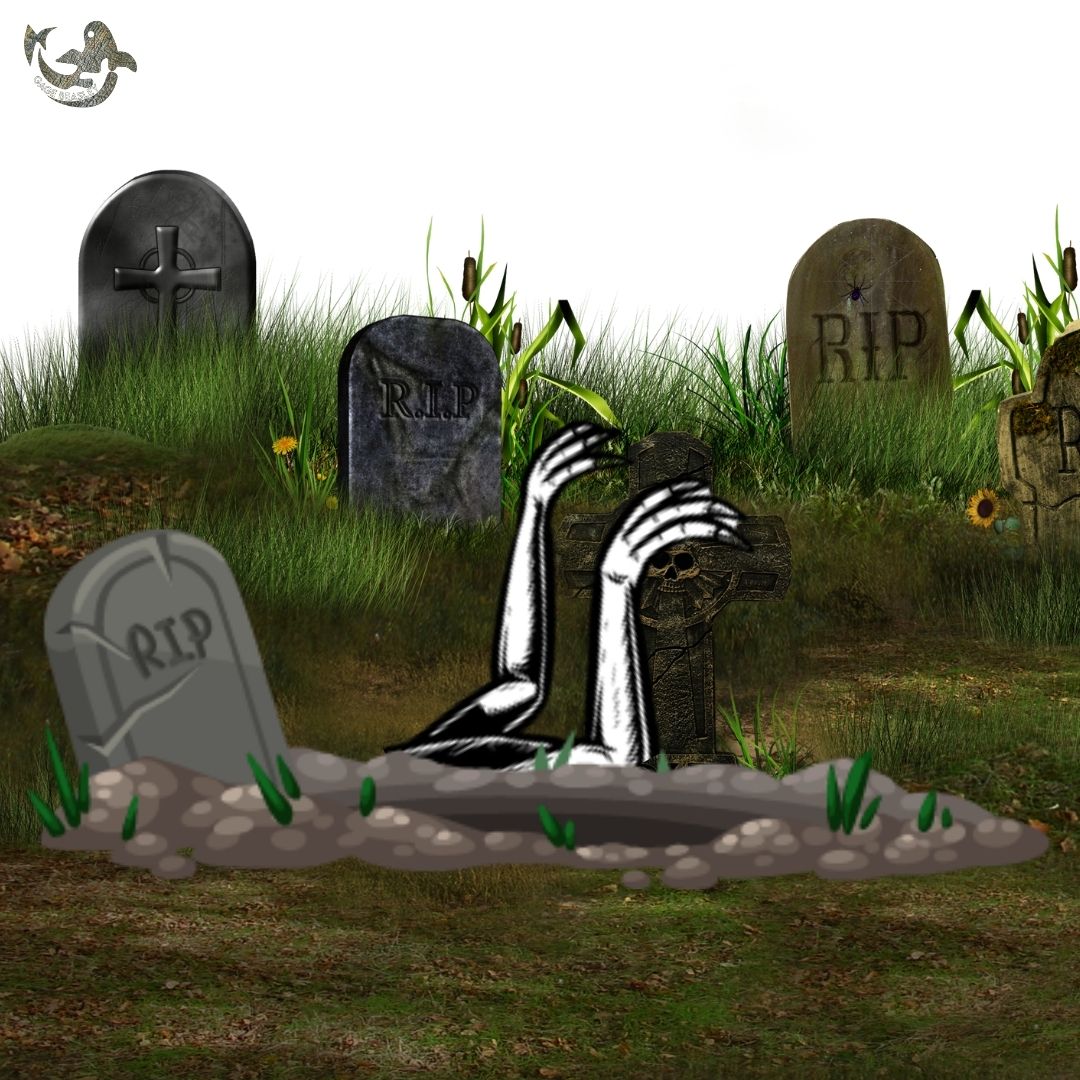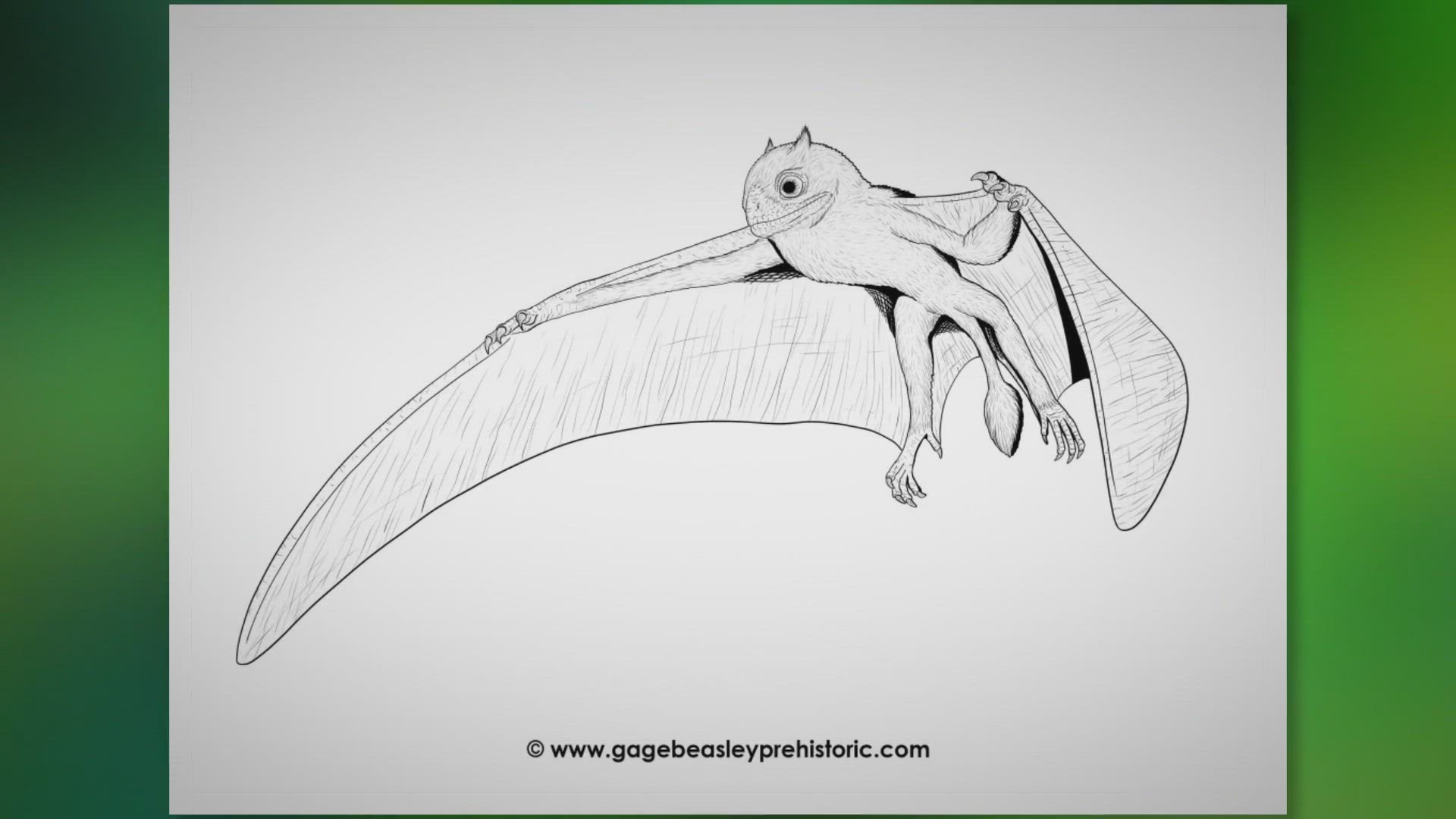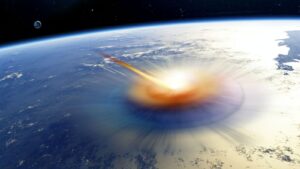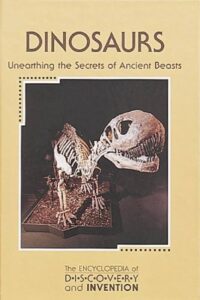What Dinosaur is Still Alive Today? Unveiling the Truth
No dinosaurs are alive today; they became extinct approximately 65 million years ago. Modern birds are the closest living relatives of dinosaurs.
Exploring the past often brings up the fascinating subject of dinosaurs, those colossal creatures that once roamed the Earth. While the age of dinosaurs ended millions of years ago, their legacy continues to captivate us. Scientists have discovered that birds, with their feathers and nesting behaviors, are descendants of theropod dinosaurs, effectively making them living dinosaurs in a biological sense.
This connection has reshaped our understanding of the evolution of animals on our planet. As we study these avian creatures, we’re provided with a glimpse of the traits and behaviors that might have been present in their ancient ancestors. Their survival is a testament to the adaptability and resilience of life through the planet’s changing environments.

Credit: www.amazon.com

Myths And Misconceptions
Many people love dinosaurs. Some think dinosaurs still live among us. This idea leads to many myths. Let’s explore the truth about living dinosaurs.
Dinosaur Survival Theories
Dinosaurs went extinct 65 million years ago. But some theories suggest a few survived. One story says dinosaurs live in remote places. Another imagines dinosaurs in deep oceans. These stories are not true. Scientists find no proof of living dinosaurs.
Popular Dinosaur Hoaxes
- Mokele-mbembe: A creature in Africa, like a long-neck dinosaur. No evidence supports it.
- Nessie, the Loch Ness Monster: People say it’s a living dinosaur. Photos and sightings are hoaxes or mistakes.
Books and movies might show living dinosaurs. Remember, these are just stories for fun. Real dinosaurs are only in fossils now.

Credit: gagebeasleyprehistoric.com
Science Strikes Back
Wild stories and myths have long whispered about dinosaurs roaming the Earth. But what does science say about these ancient giants? With a dash of detective work and technological prowess, researchers uncover the truth. Let’s delve into the evidence that reveals the fate of dinosaurs.
Extinction Evidence
The disappearance of dinosaurs puzzles many. The clues, however, are clear. Bolstering our knowledge, the extinction evidence is concrete.
- Global layer of iridium: Found in rocks dated to the Cretaceous-Paleogene boundary.
- Chicxulub crater: A massive impact site links to their end.
- Volcanism: Significant volcanic activity adds to the environmental shifts.
Massive climate change, perhaps triggered by an asteroid, initiated their decline. With no surviving dinosaurs, the extinction proof is in the planet itself.
Fossil Records And Dating
Fossil evidence does not lie. It draws a timeline of existence spanning millions of years.
| Dinosaur Era | Years Ago |
|---|---|
| Triassic | 250-201 million |
| Jurassic | 201-145 million |
| Cretaceous | 145-66 million |
Advanced dating techniques verify when dinosaurs walked the Earth. Radiometric dating pinpoints their reign and demise with impressive accuracy.
From bone fragments to complete skeletons, each fossil is a calendar. They reveal a world long gone but not forgotten, thanks to the meticulous work of paleontologists.
Modern-day Dinosaurs
Dinosaurs ruled our planet millions of years ago, but did you know some are still among us? Yes, incredible creatures that are descendants of those ancient giants live today. We often call them modern-day dinosaurs, and they might be closer than you think. Let’s explore these fascinating animals and their connection to their prehistoric ancestors.
Birds: The Avian Connection
Scientists say birds are direct descendants of theropod dinosaurs. These dinos were two-legged and quite fierce. Today’s birds share many traits with them. Look up in the sky or at the nearest bird feeder. You are looking at modern dinosaurs! Here’s why:
- Bones with air spaces make them lightweight.
- Laying eggs is something both groups do.
- Their feathers could have evolved from dinosaur scales.
Next time you see birds flying, think about their ancient cousins. They glide through the air like their dinosaur relatives once roamed the earth.
Crocodilians: Ancient Cousins
Crocodiles and alligators are often called living fossils. They have been around for a very long time. These reptiles were neighbors with dinosaurs and still thrive today. What makes them resemble those prehistoric creatures?
| Feature | Crocodilian | Dinosaur |
|---|---|---|
| Thick skin | Yes | Yes |
| Reptile family | Yes | Yes |
| Egg-laying | Yes | Yes |
Their tough exterior and egg-laying habits are a throwback to the days of the dinosaurs. Crocodilians are truly timeless creatures.

Credit: gagebeasleyprehistoric.com
Genetic Ancestry
The secrets of dinosaurs live on through their genetic ancestry. Today’s birds are the closest living relatives to mighty dinosaurs. Scientists have uncovered evidence in DNA that links modern birds to their ancient ancestors. Let’s dive into the scientific discoveries that illustrate this incredible evolutionary journey.
Dna Discoveries
Recent genetic research has shed light on the direct lineage from dinosaurs to birds. Sequencing DNA from fossils allows scientists to understand how creatures from the past are connected to those living today. Here are some findings:
- The discovery of dinosaurs’ soft tissue opened up new research paths.
- DNA samples have confirmed certain dinosaurs share characteristics with birds.
- Genetic markers show how traits evolved over millions of years.
From Scales To Feathers
Birds didn’t always have feathers. The transition from scales to feathers is one of the most fascinating evolutions. Here’s what the research suggests:
| Evolutionary Stage | Characteristic |
|---|---|
| Dinosaur Era | Scales cover the body |
| Transition Period | Scales and feathers present |
| Modern Birds | Feathers for flight |
Feathers likely started for temperature regulation and later adapted for flight. Thus, when we observe a bird in the sky, we’re witnessing a living legacy of the dinosaur age.
The Coelacanth Tale
The story of the Coelacanth is nothing short of a scientific marvel. This deep-sea dweller bridges the gap between prehistoric times and the modern era. Once thought extinct, the Coelacanth swims in our waters, challenging our understanding of time and evolution.
Prehistoric Fish Find
Let’s dive into the astonishing rediscovery of the Coelacanth. Scientists believed this species vanished with the dinosaurs. In 1938, a curious find off the coast of South Africa turned science on its head. Fishermen hauled up a fish none had seen before. To the world’s amazement, the Coelacanth was very much alive.
- Bizarre features resembling prehistoric life
- Dates back to roughly 360 million years
- Habitat: deep underwater canyons
- Discovery challenged extinction theories
Mislabeling The ‘living Fossil’
The term ‘living fossil’ suggests an organism unchanged since prehistoric times. Yet, labeling the Coelacanth as such is misleading. Scientists have discovered that Coelacanths have evolved. Their genetic makeup has adapted over millions of years.
| Common Misconceptions | Scientific Clarifications |
|---|---|
| Coelacanths are dinosaurs | They are fish, not dinosaurs |
| These fish are unchanged | They have evolved subtly |
| Coelacanths are widespread | They are rare and endangered |
Coelacanths shed light on vertebrate history. They are a testament to life’s resilience and adaptability. The tale of the Coelacanth is a reminder that our planet still harbors incredible secrets waiting to surface.
Misidentified Survivors
Misidentified Survivors spark curiosity and debate among dinosaur enthusiasts and scientists alike. Often, due to a lack of knowledge or because of extraordinary claims, certain creatures get mistaken for living dinosaurs. Despite popular myths, no dinosaurs roam the Earth today. Yet, some animals are frequently misidentified as prehistoric survivors.
Marine Reptiles Confusion
Stories about dinosaur-like creatures in our oceans are common. These tales come from the deep, unexplored waters that make up a vast part of our planet. People sometimes mix up modern marine animals with extinct species.
- Oarfish: Long and serpentine, mistaken for sea serpents.
- Giant Squid: Enormous size feeds into kraken legends.
The confusion persists. Some creatures resemble ancient mariners. Yet, DNA tests reveal they are not dinosaurs.
Mokele-mbembe: The Cryptid Example
The Mokele-Mbembe myth speaks of a living dinosaur in Congo’s rivers. Descriptions match a sauropod, a long-necked dinosaur. No scientific evidence supports this creature’s existence, making it a cryptid—something rumored to exist yet unproven by science.
| Description | Reality |
|---|---|
| Mokele-Mbembe: Large, herbivorous, dinosaur-like creature. | Rhinos or hippos likely explain sightings. |
| Local Lore: Stories from villagers and explorers. | Often based on sightings of known animals or folklore. |
The quest to find a living dinosaur continues. Enthusiasts enjoy the mystery. Scientists require evidence.
Frequently Asked Questions Of What Dinosaur Is Still Alive
Is There Any Type Of Dinosaurs Still Alive Today?
No, dinosaurs are extinct and there are no living dinosaurs today. Birds are the closest living relatives to dinosaurs, evolving from theropod ancestors.
Is There One Last Dinosaur Alive?
No, according to scientific consensus, the last dinosaurs died out approximately 65 million years ago.
Are Dinosaurs Still Alive 2024?
No, dinosaurs are not alive in 2024. They went extinct about 65 million years ago. Some birds, as their descendants, carry on their legacy.
What Was The Last Dinosaur Left On Earth?
The last dinosaurs are believed to have been a group called non-avian dinosaurs, which existed until the Cretaceous–Paleogene extinction event about 66 million years ago.
Conclusion
To sum up, our planet still hosts creatures from ancient eras. Birds are the living descendants of dinosaurs, carrying a legacy millions of years old. Your backyard might not have a T-Rex, but each sparrow and pigeon is a reminder of an age when giants roamed.
Witnessing these avian dinosaurs, we connect with our planet’s deep past. Embrace the wonder of ongoing evolution.



